If that beautiful garden you dreamed of planting in January is still a bare patch of ground in the hot July sun, don’t despair. While gardening articles and books generally recommend spring planting for summer vegetables — the standard caveat of “once the soil has warmed and all danger of frost has passed” is almost a cliché — it’s not too late to get your garden going. Here are some options to start gardening now.
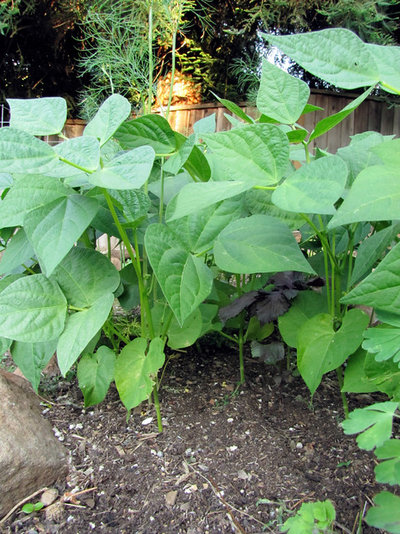 1. Beans.
1. Beans. If you want to start from seeds, snap beans are prolific growers that love the heat. Even better, there are varieties that are ready to harvest in less than two months. Bush types in particular grow quickly, but you can also find some quick-growing pole beans.
Look for quick-growing varieties such as Blue Lake, Emerite, Provider, Purple Crop, Tendercrop, Topcrop and Triumphe de Farcy. Yellow or wax bean varieties include Goldencrop and Resistant Cherokee.
See how to grow beans

Laara Copley-Smith Garden & Landscape Design
2. Cucumbers. Cucumbers love heat and need space in which to sprawl, making them ideal for that sunny yet barren spot in the yard. Some of the best to grow for a quick crop: Burpee Beauty, Dasher II, Diamont, Raider and Slice Master. Good pickling varieties include County Fair, National Pickling and Regal.
See how to grow cucumbers
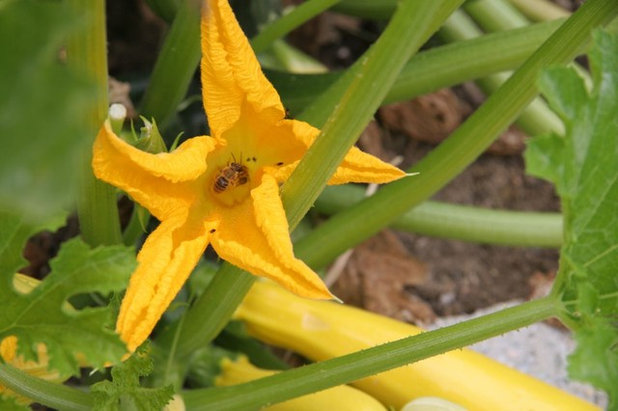
ecocentrix landscape architecture
3. Squash. Both the squash plant and the squashes themselves seem to go overnight from nothing to overwhelming, a plus when you want fast-growing vegetables. Summer squashes generally have a shorter seed-to-harvest time. Look for crookneck, pattypan and zucchini.
See how to grow squash
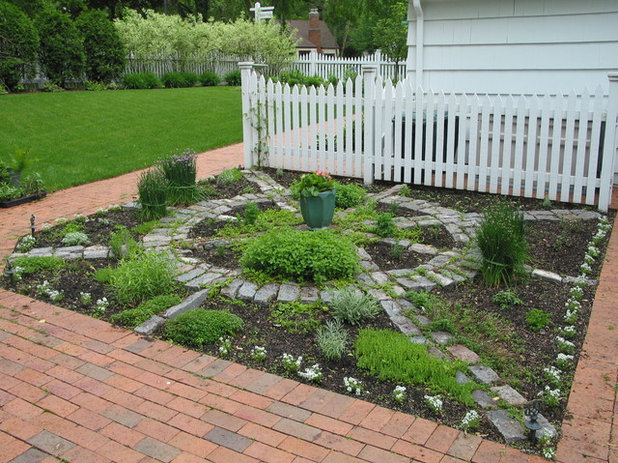
Bachman's Landscape Design - Tom Haugo
4. Herbs. Another option is to turn your planting space into an herb garden. Go formal, such as with a classic herb wheel like the one seen here, or fill in with a free-form design or large containers. Most herbs are quick-growing annuals that love the sun and heat. They’re also generally drought tolerant, which means less watering in the heat of summer.
Learn more about starting an herb garden
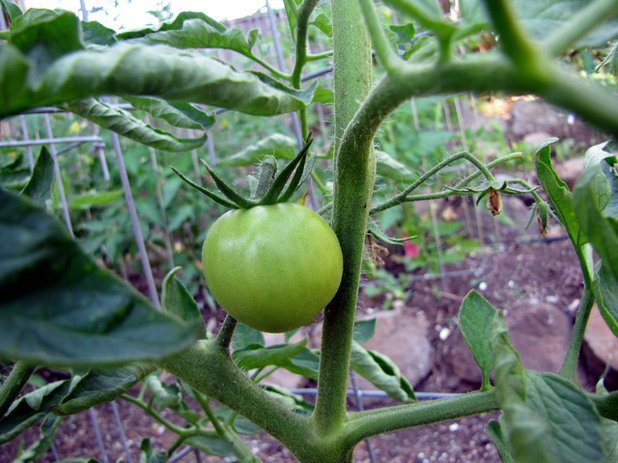 5. Tomatoes and peppers.
5. Tomatoes and peppers. For a lot of people, a summer garden isn’t a summer garden without tomatoes and peppers. Unfortunately, starting from seed now means you probably won’t have tomatoes or peppers before the first frost. Another option is to look for fairly well-developed transplants in nurseries and garden centers. You won’t have as much choice, if any, and you’ll need to inspect the plants carefully, but it’s worth giving them some garden space to see what you can get.
See how to grow tomatoes and peppers
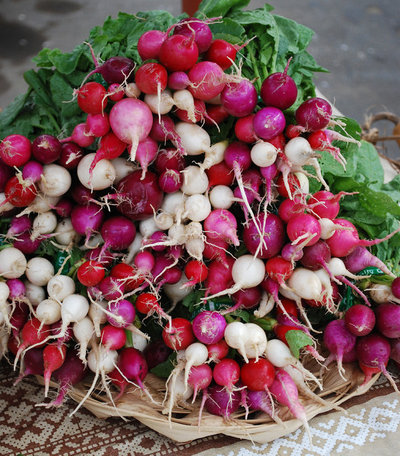
Jocelyn H. Chilvers
6. Radishes. Some traditionally cool-season vegetables can also take some summer heat, especially if you grow them away from the hottest part of the garden. You can even try them in partial shade.
Radishes are a good choice to try; they grow quickly, and by planting successively, you’ll have a tangy addition to salads for the rest of the summer and into fall.
See how to grow radishes
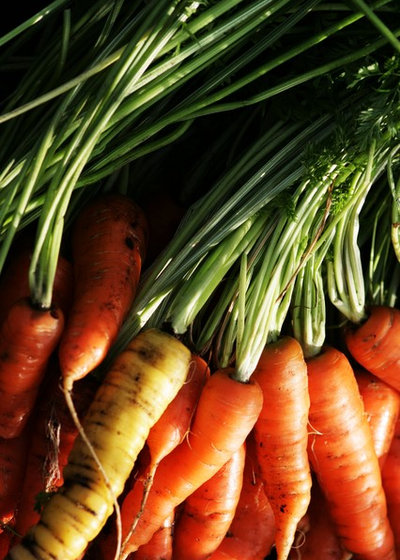
Laara Copley-Smith Garden & Landscape Design
7. Carrots. Carrots are also cool-season vegetables that might make it through the summer, especially if your summers aren’t overly hot. If they are, try siting the carrots in a location that gets partial shade in the middle of the day or grow them in a shadier part of the garden, either in the ground or in large containers. Quicker-growing varieties to try include Bolero, Little Finger, Nantes, Nelson and Touchon.
See how to grow carrots
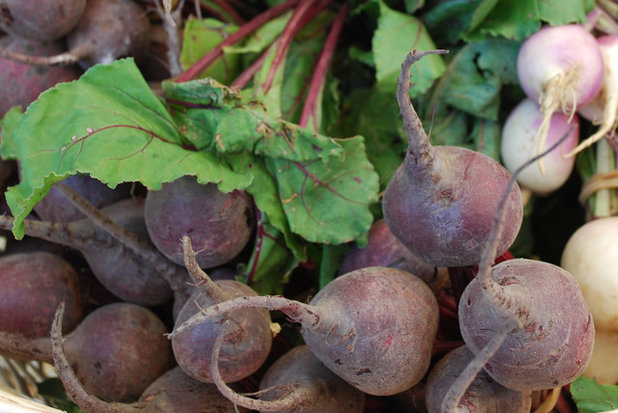
Jocelyn H. Chilvers
8. Beets. A final cool-season crop to try is beets. Plant them where the leaves will get some sun but the ground won’t heat up too much. At the very least, they’ll be ready to harvest in early fall.
See how to grow beets
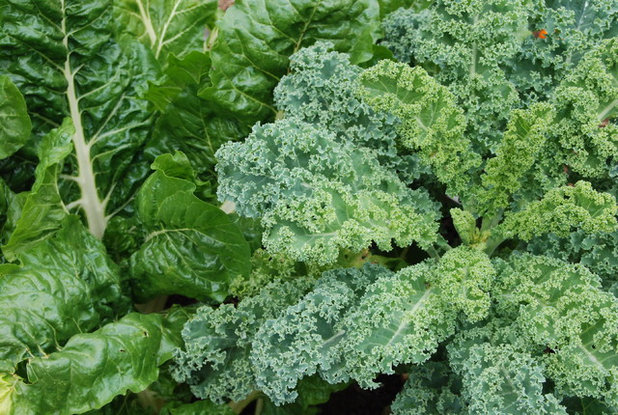
Paintbox Garden
Or just wait a bit longer before planting. In July and August you can start putting in a cool-season garden, especially in areas with early cold winters. Kale in particular does well if it’s started in late July or early August, so begin sowing seeds from mid to late summer and later.
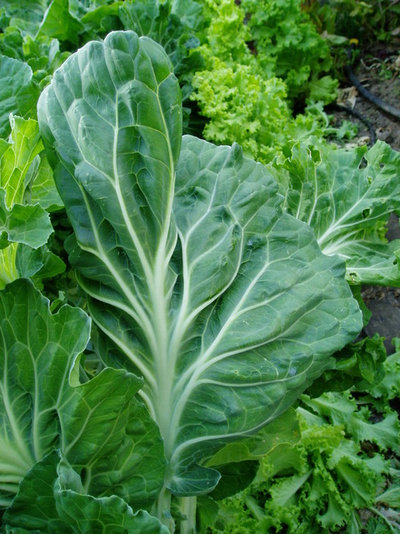
Sharon Finkle
Swiss chard is another spring/fall garden crop that can be started toward the end of July. Harvest time starts in late summer and continues even into the winter in warm-winter climates.
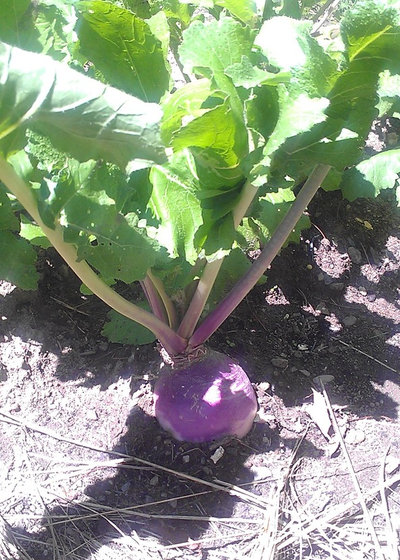
Bonnie D Loubier's Landscape Design
Finally, late July is not too early to put in your turnip and rutabaga crops. They need the time to mature. Even if you’re not sure you really like these root veggies, why not take the opportunity of empty garden space to give them a try?
More: Grow a Kitchen Garden in 16 Square Feet





